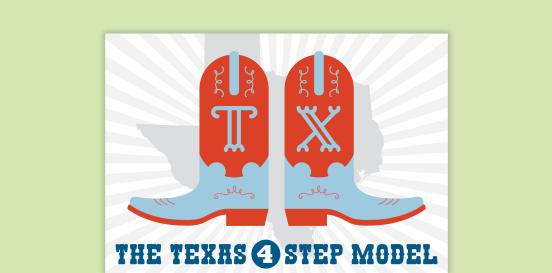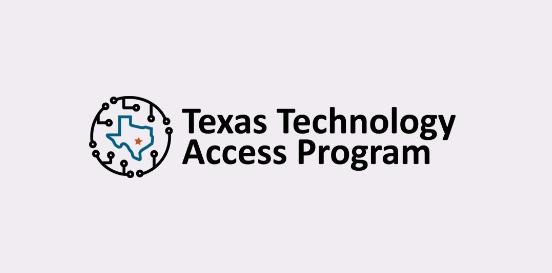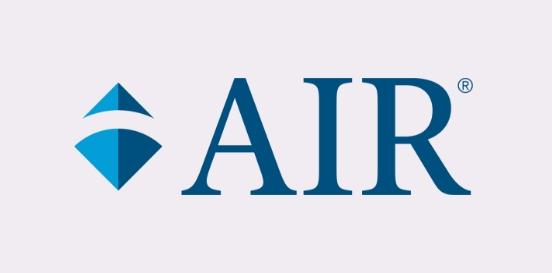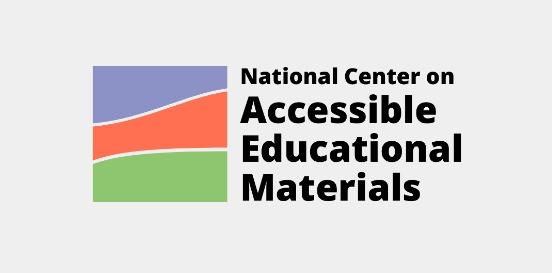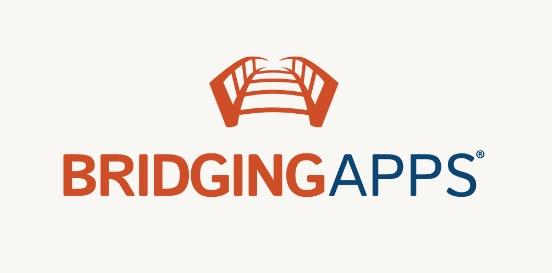Adaptive Seating
Characterized by their ability to be adjusted, modified, or tailored to accommodate the unique anatomical, postural, and comfort needs of the user. These seating solutions often incorporate features such as customizable positioning, varying degrees of support, and adjustable components to promote optimal body alignment, comfort, and functionality.
Considerations
Take the following considerations into account when selecting and implementing AT to ensure that the chosen tools are well-suited to the student’s needs, align with their goals, and seamlessly integrate into their educational journey. By embracing a collaborative approach and considering the specific skills, tasks, and implementation context, educators can provide students with the necessary support to thrive academically and functionally, promoting inclusivity and fostering their overall success.
Skills and Tasks What skills or tasks will the student utilize this tool for? What areas, functional or academic, does this tool support?
- Lower body support
- Upper body support
- Mobility
Implementation Context In what activities, classes, or environments will the student utilize this tool?
Adaptive seating systems empower children to engage in classroom and home activities, irrespective of their positional or support requirements. These systems provide lower body support, upper body support, and facilitate mobility, fostering improved sitting skills during various activities. They also enable caregivers to interact more effectively with children by ensuring comfortable and easy movement.
Examples of adapted seating include:
- Wheelchair cushions: These are designed to provide pressure relief, stability, and comfort for wheelchair users, preventing pressure sores and promoting proper posture.
- Customized seating systems: These are tailored to the specific needs and body shape of the individual, offering optimal support and positioning to improve comfort and function.
- Postural support devices: These include backrests, headrests, lateral supports, and pelvic stabilizers, which help maintain proper alignment and prevent slumping or leaning to one side.
- Transfer aids: These assist individuals in safely transferring to and from their seating system, such as transfer boards or swivel seats, reducing the risk of falls or injuries.
- Adjustable seating features: These allow users to modify the seat height, depth, angle, and tilt to accommodate their individual preferences and support functional activities.
- Dynamic seating systems: These incorporate movement into the seating system, promoting postural control, reducing fatigue, and enhancing comfort for individuals with involuntary movements or poor muscle tone.
Additional Information:
Flexible seating and adapted seating are both approaches aimed at accommodating individuals with diverse needs, particularly in educational settings. However, there are differences between the two:
- Flexible seating: Flexible seating refers to a classroom setup where students are provided with various seating options to choose from, such as bean bags, standing desks, floor cushions, wobble stools, etc.
- The goal of flexible seating is to cater to different learning styles, preferences, and comfort levels of students. It offers them the freedom to select a seating arrangement that best suits their needs, which can enhance their focus, engagement, and overall learning experience.
- Flexible seating is typically implemented as a universal design approach, meaning it benefits all students, not just those with specific disabilities.
- While flexible seating can be considered an accommodation in a general sense, it is not typically categorized as assistive technology (AT).
- Adapted seating: Adapted seating involves modifying or customizing seating arrangements to meet the specific needs of individuals with disabilities. This may include using specialized seating systems, such as orthopedic chairs, wheelchair-accessible desks, adaptive cushions, or other assistive devices.
- The purpose of adapted seating is to provide ergonomic support, proper positioning, and accessibility for individuals with mobility impairments, physical disabilities, or other conditions that affect their ability to sit comfortably and participate in educational activities.
- Adapted seating is considered a form of assistive technology (AT) because it often involves the use of specialized equipment or devices designed to address the unique needs of individuals with disabilities.
- Adapted seating may require assessment by occupational therapists, physical therapists, or other specialists to determine the most suitable seating solutions based on the individual's specific needs and functional abilities.
While both flexible seating and adapted seating aim to provide appropriate seating arrangements for diverse learners, flexible seating emphasizes choice and comfort for all students, while adapted seating focuses on tailored solutions for individuals with disabilities using specialized assistive technology.


